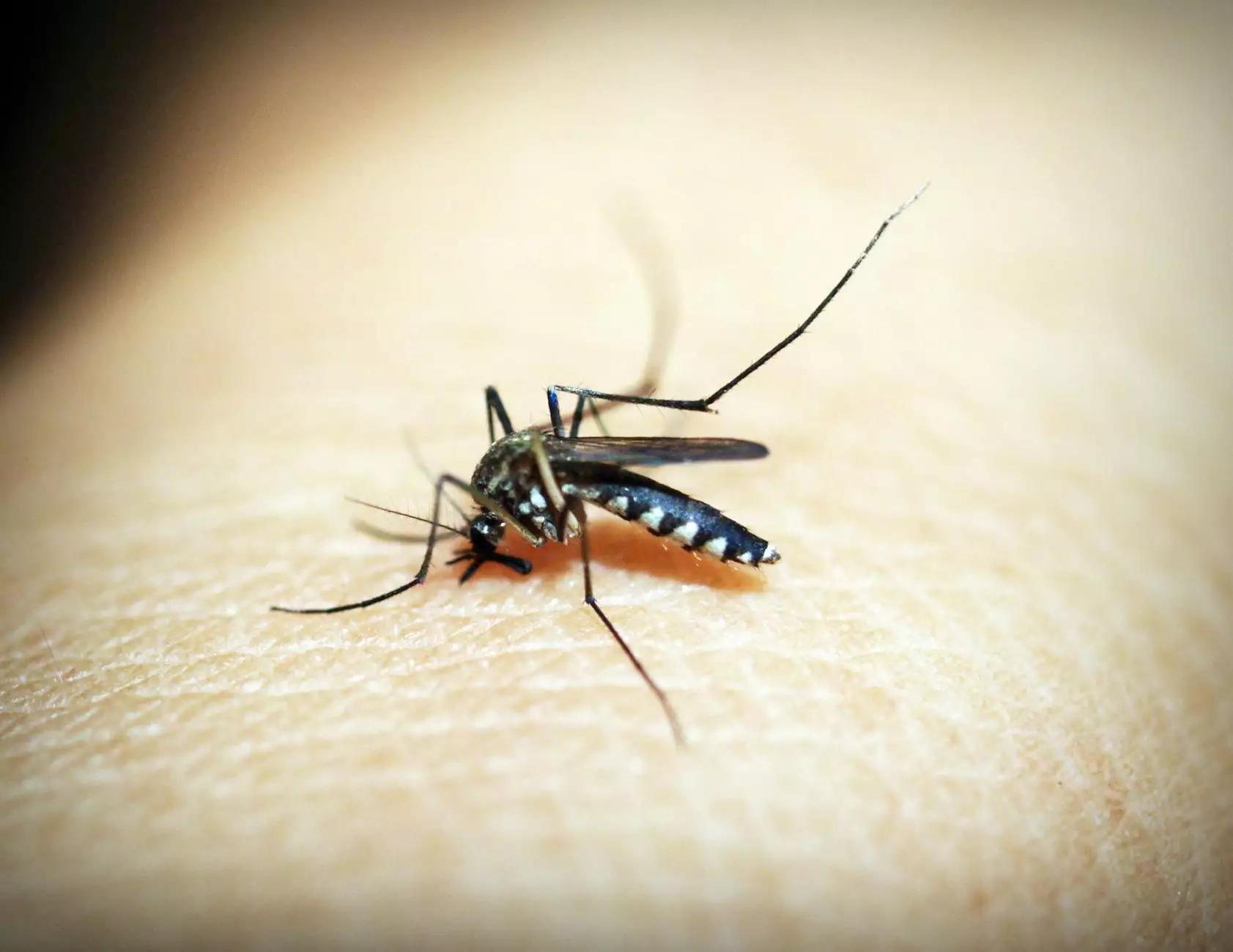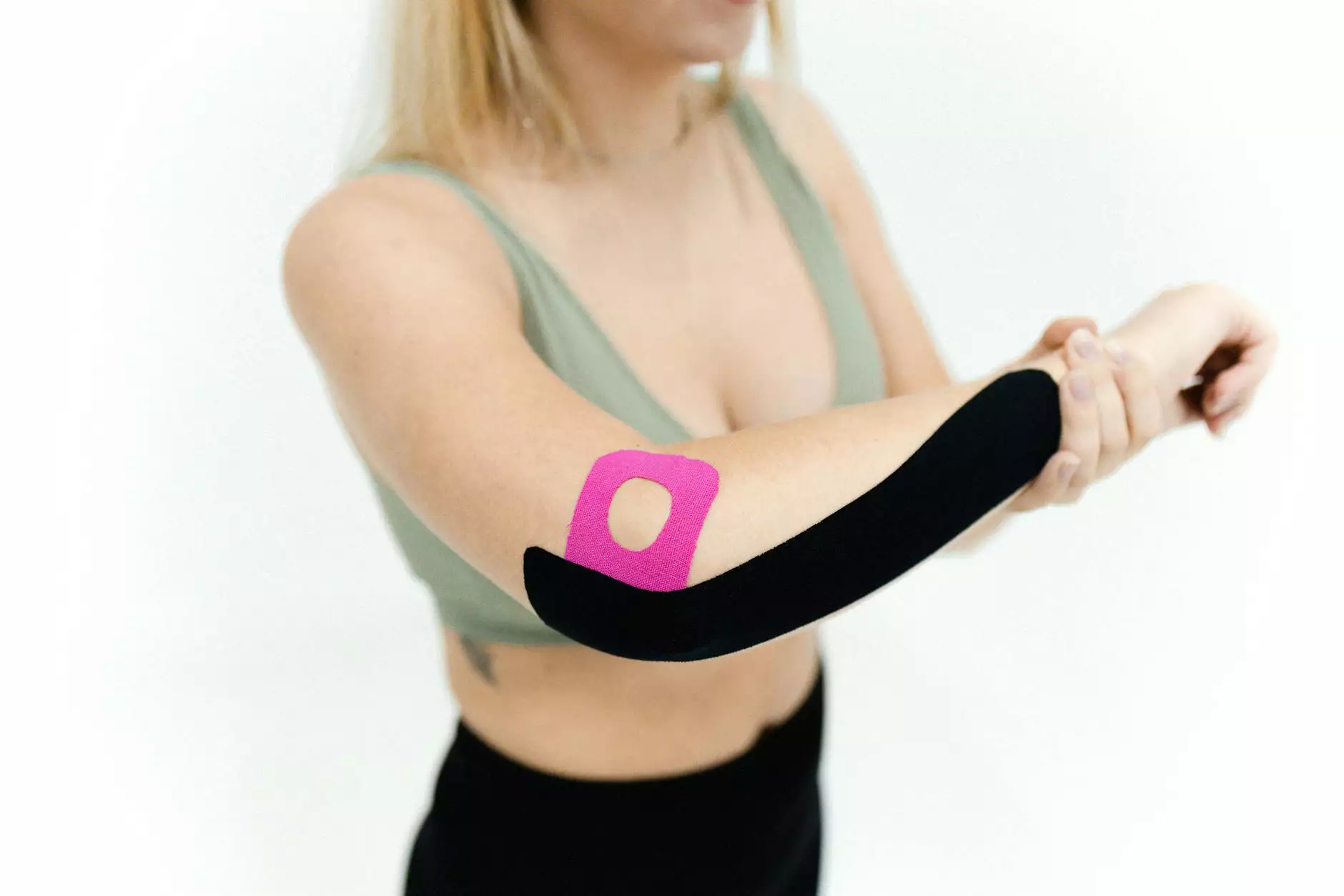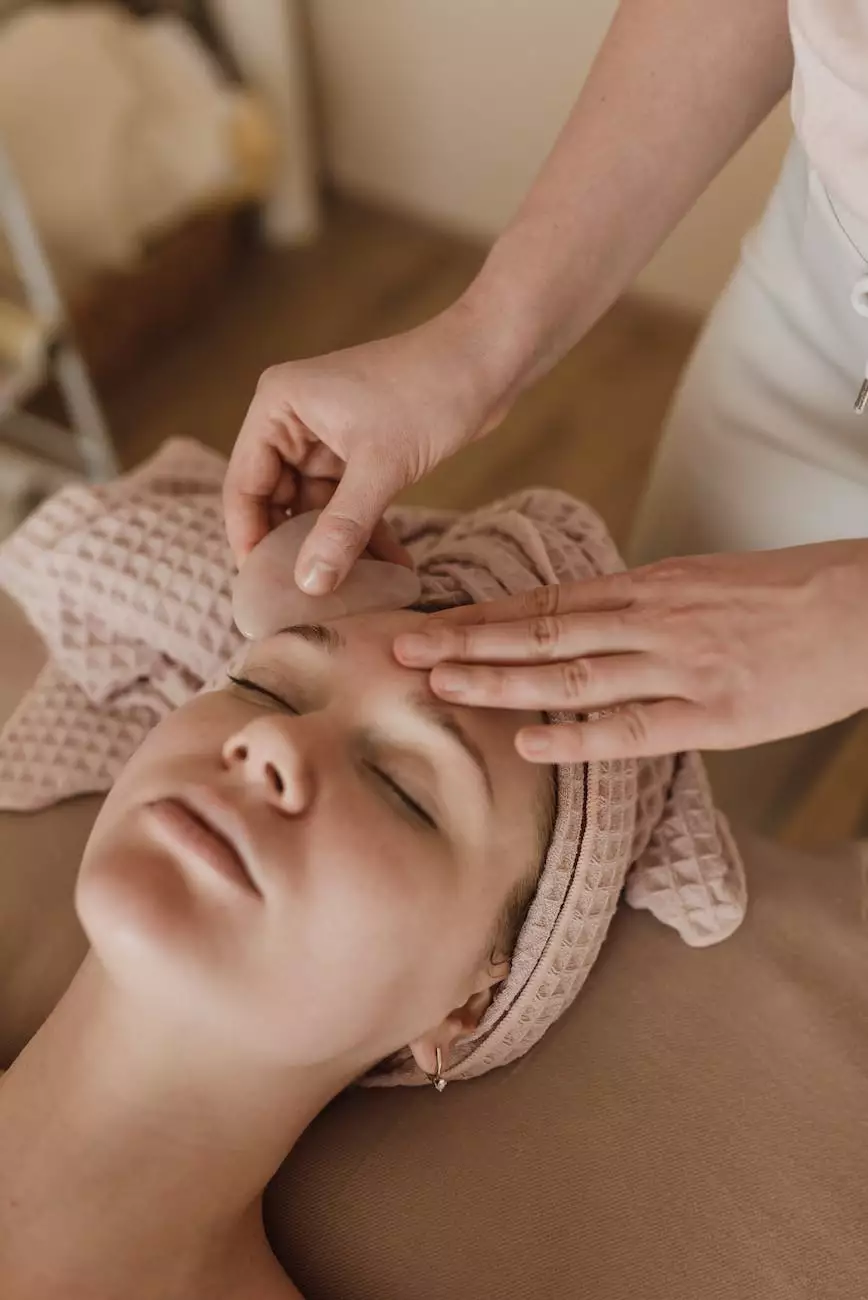Bug Bites in a Line: What to Know
About
Understanding Bug Bites
Bug bites can be an annoying and uncomfortable experience. While most bug bites are harmless, some can cause allergic reactions or transmit diseases. One common occurrence is getting bug bites in a line. This pattern of bites can be indicative of certain insects, and it's important to know what to look out for and how to best address it.
Causes of Bug Bites in a Line
There are several insects that are known to leave bites in a line. These include:
- Mosquitoes: Mosquito bites often appear in clusters or a line, as mosquitoes tend to land on the skin and move along it to find the most suitable spot to feed.
- Bed Bugs: Bed bugs are notorious for leaving bites in a line or a zigzag pattern on exposed areas of skin, such as the arms or legs.
- Chiggers: Chigger bites usually form a line or a cluster of small, red welts. These tiny mites are commonly found in grassy areas.
- Fleas: Flea bites can also appear in a line or in clusters, particularly on the lower legs or ankles.
Symptoms of Bug Bites in a Line
The symptoms of bug bites in a line can vary depending on the specific insect. However, common symptoms include:
- Itching: Bug bites often cause itchiness, which can be more pronounced when multiple bites are in a line.
- Redness and Swelling: Bites may appear red and swollen, especially when grouped together.
- Pain or Discomfort: Some bug bites can be painful or cause discomfort.
- Allergic Reactions: In some cases, bug bites can trigger allergic reactions, leading to more severe symptoms like hives or difficulty breathing.
Treatment Options for Bug Bites in a Line
When dealing with bug bites in a line, there are several treatment options you can consider:
- Cleansing the Area: Start by gently washing the affected area with soap and water to remove any dirt or bacteria.
- Topical Creams or Ointments: Applying over-the-counter creams or ointments containing corticosteroids or antihistamines can help reduce itching and inflammation.
- Cool Compress: Placing a cool compress or ice pack on the bites can provide temporary relief from itching and swelling.
- Oral Antihistamines: If the itching is severe, oral antihistamines can be taken to alleviate the symptoms.
- Avoid Scratching: It's important to resist the urge to scratch as it can lead to further irritation or infection.
Preventing Bug Bites in a Line
Prevention is key when it comes to avoiding bug bites. Here are some tips to help protect yourself:
- Use Insect Repellents: Apply insect repellents containing DEET or picaridin to exposed skin to deter bugs.
- Wear Protective Clothing: Cover your skin by wearing long-sleeved shirts, pants, and closed-toe shoes when spending time outdoors.
- Thoroughly Inspect Your Sleeping Area: If you suspect bed bugs, carefully check your mattress and bedding for signs of infestation.
- Avoid High-Risk Areas: Steer clear of areas known for heavy mosquito or insect populations, especially during peak activity times.
- Keep Your Surroundings Clean: Regularly clean your living areas and remove any standing water, as it can attract mosquitoes.
If you are experiencing severe symptoms, such as difficulty breathing or a severe allergic reaction, it's important to seek medical attention immediately. At Benjamin Shettell, MD, we specialize in skin, hair, and nails care and can provide expert guidance and treatment options for bug bites and other dermatological concerns. Trust us to help you achieve optimal skin health and well-being.










